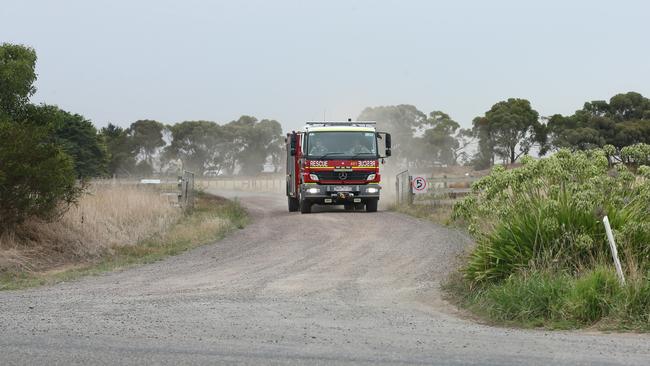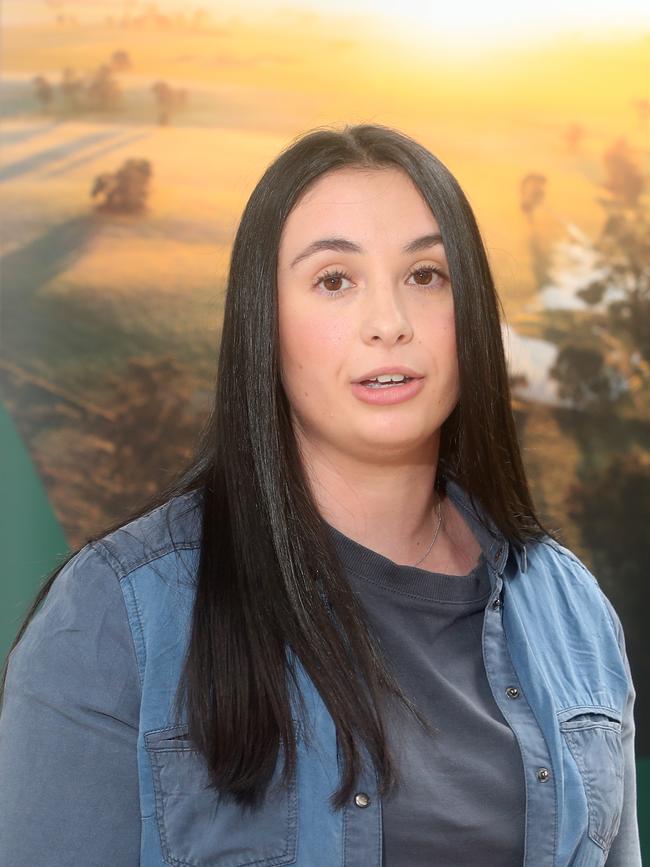‘Unsustainable’ funding for farm safety needs a revamp
The reliance on short-term farm safety funding is in the spotlight after a tragic start to the year with 13 on-farm fatalities in just 10 weeks.
Insufficient and “unsustainable” funding for on-farm safety is keeping the national farm safety body in limbo, while a Victorian project’s future remains uncertain.
The reliance on short-term farm safety funding has been put in the spotlight following a tragic start to the year on Australian farms, with 13 on-farm fatalities so far this year – more than one farmer a week.
Despite a significant 43 per cent reduction in on-farm fatalities between 2022 and last year, this year’s tally so far is more than 40 per cent of last year’s annual figure, and includes the passing of three Wimmera farmers in as many weeks in February and March.
Farmsafe Australia executive officer Stevi Howdle said funding from both state and federal governments was not sustainable with several key projects close to being axed recently.
The future of the national body was up in the air late last year when its federal government funding came to an end in December.
Ms Howdle said a $1.9 million federal government grant helped “revitalise” Farmsafe over the last three years, but the body was now being funded by a six-month extension from the Department of Agriculture, Water and the Environment and a newly formed ‘supporter’s model’, where a number of corporate agricultural brands and industry organisations have invested.

“The tragic start to 2024 is a prime example of the need for continuous and sustained funding and resourcing in the area of farm safety education and awareness,” Ms Howdle said.
“Farm safety cannot be a one-off investment. We need long-term cultural change programs that ingrain safety practices and behaviours across generations. We need buy-in from all levels of government, industry, the supply chain, stakeholder partners and of course, farmers, farm workers, and the rural communities that support them.”
Since 2019, 249 farmers have died in on-farm incidents including 50 in Victoria, 75 in Queensland and 66 in NSW, figures from the AgriFutures Non-Intentional Farm-Related Incidents in Australia reports show.
Across the last five years there have also been 672 on-farm injuries recorded.
Tractors and quad bikes accounted for nearly 30 per cent of all fatalities on farm between 2001-2022, with 278 deaths involving tractors and 219 deaths related to quad bikes.
Ms Howdle said short-term funding only allowed for short-term programs, which led to instability particularly as staff were often contracted based on funding cycles.
“We are extremely grateful to our new 2024 supporters, however, to be sustainable, we need to build a much larger coalition of stakeholders and consistent funding from the government to ensure stability for the organisation,” she said.
In Victoria, the Making Our Farms Safer program, delivered via the Victorian Farmers Federation, was launched four years ago as part of the government’s ‘Safer Farms’ election promise, but its future past 2024 remains uncertain.
“In 2019, the Victorian Government provided $3 million to the Victorian Farmers Federation to deliver the Making our Farms Safer program to support farmers and their workers to put safety first in their workplace,” an Agriculture Victoria spokesperson said.
“While the four year program came to a close in June 2023, the Victorian Government continues to prioritise farm safety through a $2.1 million investment in the new Farming Safe and Well program, and $0.9 million for the National Centre for Farmer Health.”
In 2023 an additional $400,000 was provided to the VFF to enhance the delivery of Making our Farms Safer program.
VFF vice-president and chair of the Making Our Farms Safer committee Danyel Cucinotta said the program would continue to run this year.
“We advocated really hard to get the six-month extension,” she said.

“This is not a project we want to stop. We understand its importance and the support it provides to farmers.”
Ms Howdle said funding for farm safety at a state level was being left to private training groups, with NSW and Tasmania the only states with committed funding to on-the-ground programs.
“Victoria’s Making Our Farms Safer program delivered over 300 free farm safety visits, monthly safety newsletters read by more than 2400 farmers a month, over 100 town hall meetings and speaking engagements and a number of extensive farm safety resources covering a number of topical issues. This goes to show how much can be achieved with funding at the state level,” she said.
“This type of instability in both state and federal funding models means that there can be no certainty in delivery of long-term campaigns or educational programs.
“While the funding lasts, we see significant traction gained but even then, it is difficult to have funding last long enough that true evaluation can be undertaken to understand the effect that the programs have had on behaviour change.”





